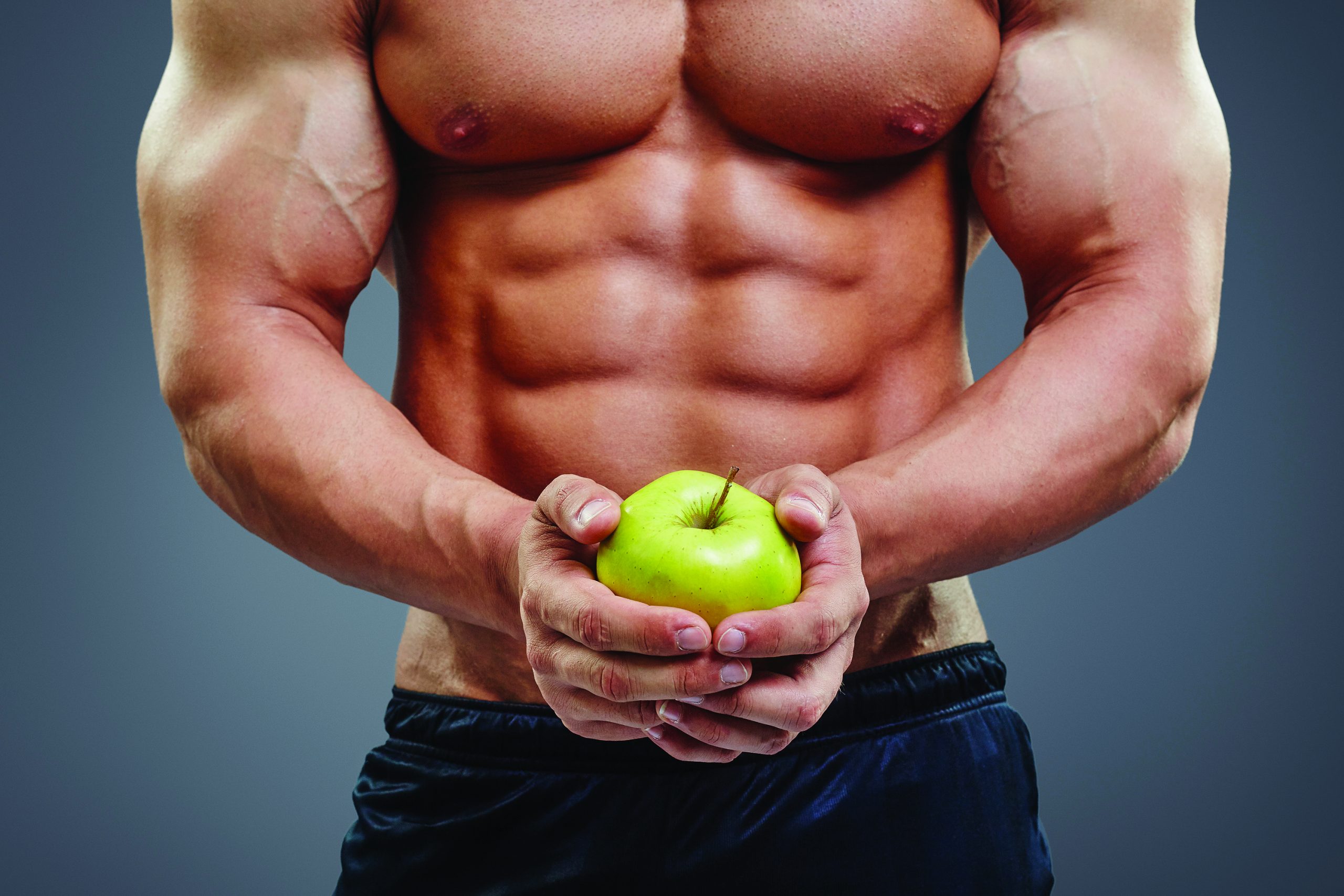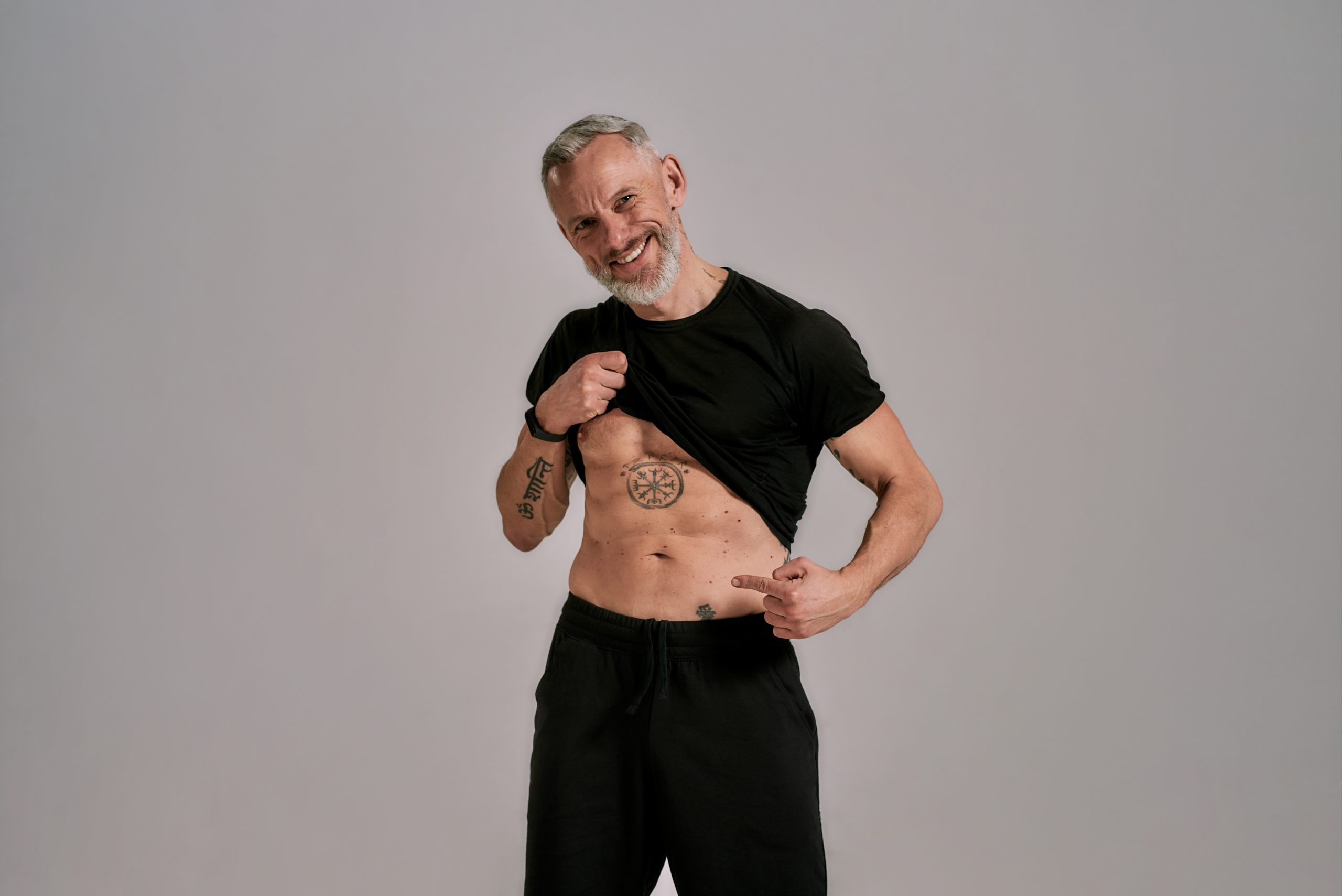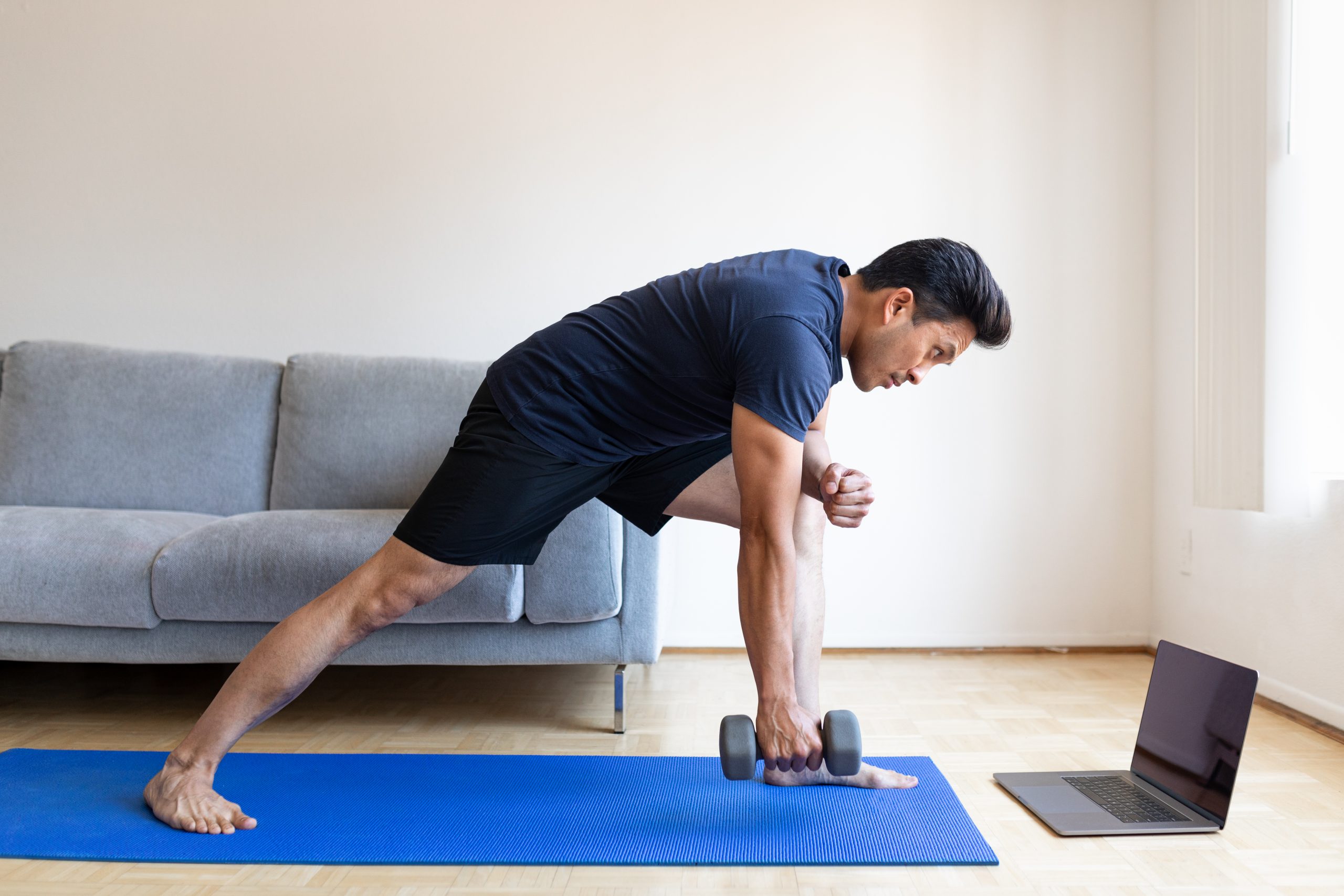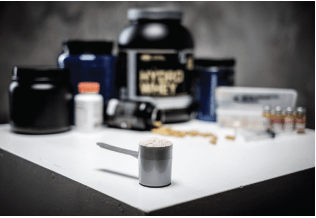Ruck Off Excess Weight
Carrying weight on your back or chest helps shed pounds
You want to get into shape? Like really, really good shape?
To get there, nutrition has a job, weight training has a job and cardio has a job. More specifically, cardio has only one job: to burn calories—that’s it.
So, give cardio a boost by taking up rucking—walking or hiking a set distance while carrying a weight on your back or in a vest.
In physique sports, the goal isn’t to improve your mile time, maximize cycling speed or just get really good at doing cardio. The goal is to burn more calories, so that you can increase or extend your caloric deficit to make the softer stuff not so soft and the harder stuff rock solid. To that end, mixing some version of rucking into your cardio training can really pay dividends.
Early in any weight loss journey, everything is pretty easy. With just a little effort, you can produce big returns. Eat a little less, and your body weight starts moving south. Get to the gym a few times a week, and your muscles return from hibernation. Start a light and easy cardio routine, and your energy increases, overall mood improves and the drops on the scalestart to accelerate.
Unfortunately, there comes a point where the scale won’t budge and your cardio routines are no longer fun.
Enter the ruck.
As your body gets lighter and lighter, it becomes easier and easier for your body to move. There’s less of you to haul around town, so your body becomes more efficient at taking itself from point A to point B.
As a result, you’re not burning what you once were on that post-lunch walk around the neighborhood. At 220 pounds, that 30-minute stroll might have burned 160 calories, but now that you’re 205 pounds, it might only burn 120 calories. Not a huge difference, but remember this is not only happening on that midday walk. It’s also happening across all activities throughout each day, every single day of the week.
So, one solution is to ruck your way through and displace the weight you’ve lost with a weight vest. As you lose more and more weight, you simply add more weight to the vest, so during your walks, you’re always 220 pounds and your body will burn calories as if it were 220 pounds.
The caloric deficit your cardio sessions produce remains unchanged, and if you wanted to take it a step farther, you could just wear the weight vest all day. Sure, normal activities like cooking, working, or showering might be a little tricky, but for the extra 88 calories you’ll burn, it will all be worth it.
When it comes to intensifying training by adding some ruck-style cardio into the mix, secondary benefits accrue, too, like a stronger heart, looser joints, lower blood pressure and even a smaller chance of dying.
But in the words of Dan John—the elite-level weightlifting coach who’s also an All-American discus thrower, and who holds the American record in the Weight Pentathlon and has competed at the highest levels of Olympic lifting and Highland Games—let’s keep the goal the goal. This is about getting diced, and avoiding an early death is just a bonus.
In any event, before you get one, do yourself a favor. Be strategic with how you start rucking. Your body is smart. In fact, it’s a lot smarter than you are. If you let the euphoria of Day One cloud your judgment and you start with a stacked vest, then it will quickly adapt.
Your weight loss efforts will stall. You’ll lose all motivation. You’ll have no choice but to shower with no less than 40 pounds on your back just to keep the caloric burn constant.
Jim Schultz, Ph.D., a derivatives trader, fitness expert, owner of livefcubed.com and the daily host of From Theory to Practice on the tastytrade network, was named North American Natural Bodybuilding Federation’s 2017 Novice Bodybuilding Champion. @jschultzf3








